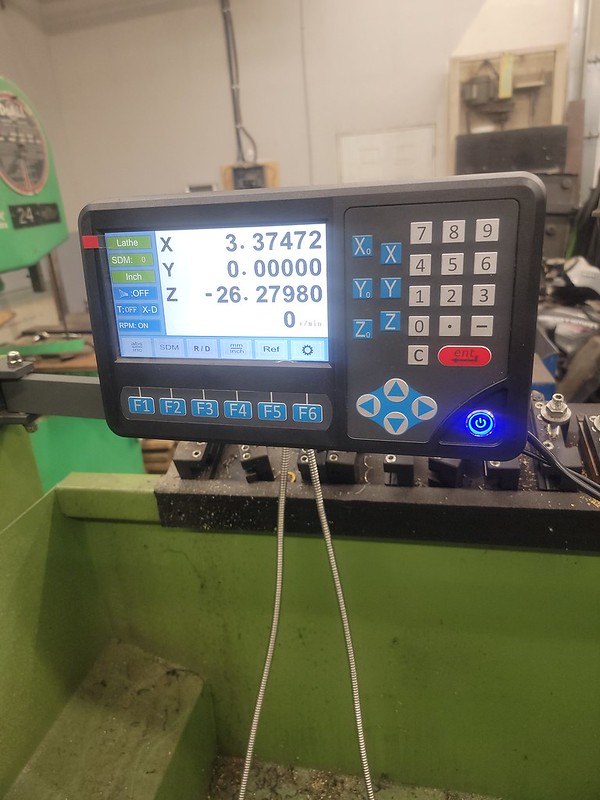So, several things are important to know.
I was one of the guys who worked on this problem when the industry realized that it was only a far east and far west problem. I was sent to the Maritimes to try and figure out why. It was one of my first major assignments. You would not believe how many roads I looked at until I found a problem vehicle that had never been on the road. Then the light bulb went on.
In the old days, vehicles were cinched down tight with chain cranks. Tires were heavily loaded as a result. YES, tires did reduce the problem. But they couldn't save a bearing that was constantly being pounded in the same position when it was not turning. Tires do provide some damping but not enough against the mass of an entire constrained vehicle.
Box car'd is a great term.
Wearing due to lack of lubrication is partly true. But it wasn't just wear it was also permanent deformation in the surface metal treatment of the race. Micro analysis by Timken showed that the bearings were wearing but were also being deformed (minor metal displacement) as well as being worn.
Changes were made to both the bearings and to the tie-down system. The problem went away industry wide.
The phenomenon is well understood today. It's called Bearing Brinelling. I believe
@Mcgyver is spot on with his observation and advice.
Edit - I guess we are all easily scarred by our life experiences. Every time I whack a chuck or a draw bar with a plastic hammer, I cringe. In my minds eye I see a bearing taking a beating. It's not the same cuz it's always a different position, but I just can't help myself from thinking about it.






